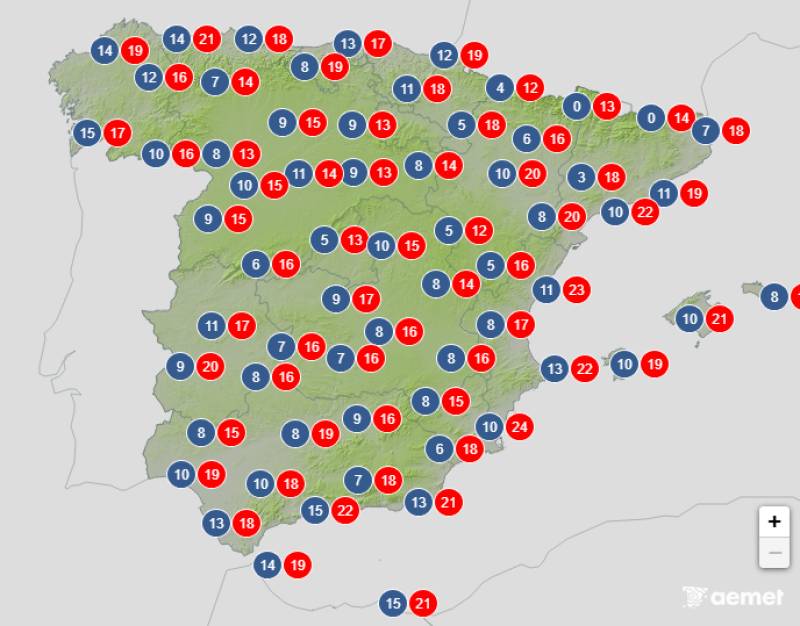

- EDITIONS:
 Spanish News Today
Spanish News Today
 Murcia Today
Murcia Today
 Alicante Today
Alicante Today
Date Published: 15/11/2024
Catch Spain's last full supermoon of the year this week
Known as the Beaver Moon, November 15 will bring us the fourth and final lunar spectacle of 2024

After the stunning Hunter's Moon that was very clearly visible from all over Spain in October, this November sees the fourth and final supermoon of 2024: the so-called Beaver Moon.
This full moon also coincides with other phenomena in the night sky that astronomy lovers won’t want to miss.
First off though, the Beaver Moon will reach its zenith on Friday November 15 at 10.28pm Spanish peninsular time and, providing the dense cloud cover of the last few days remains at bay, stargazers should be easily able to see the bright orb with the naked eye.
If you happen to miss the spectacle tonight don’t worry, as the supermoon will still be very clear for another three days.
This month, we welcomed the new moon in Spain on November 1 and the waxing crescent (first quarter) put in an appearance on November 9. Following Friday’s full moon, the last quarter will make a showing on November 23.
Why is it called the Beaver Moon?
According to NASA, all full moons have been given a traditional name at some point that is usually tied to the activities and events that were happening during that time of year.
For example, the full moon in September is often called the ‘Harvest Moon’, because it coincides with the time of year when crops are being harvested.
'Beaver Moon' is a term first coined by early American colonists and Native American tribes to describe the November supermoon. It’s thought to have originated from the fact that November is the time of year when beavers are preparing for winter. During this month, the animals are actively building and repairing their homes, known as lodges, in preparation for the cold winter months ahead.
In many Native American cultures, beavers were considered an important animal, known for their hard work and industrious nature. The beaver's ability to build and maintain its home, often in harsh winter conditions, was seen as a testament to its resilience and resourcefulness.
Other celestial events this November
During the month of November, according to the Royal Observatory of Madrid, the planets Mars and Jupiter will be visible at dawn, while Venus, Saturn and Mercury will be visible at dusk.
In Spain, we’ll also be treated to a spectacular meteor shower, the Leonids, which can be observed from November 6 to 30. However, the peak will occur between the 16th and 17th, almost coinciding with the full moon, the brightness of which could make them more difficult to see in some parts of the country.
In other news: Mysterious Spanish mansion offered at auction for free
Image: Real Observatorio
staff.inc.and
Loading
Sign up for the Spanish News Today Editors Roundup Weekly Bulletin and get an email with all the week’s news straight to your inbox
Special offer: Subscribe now for 25% off (36.95 euros for 48 Bulletins)
OR
you can sign up to our FREE weekly roundup!
Read some of our recent bulletins:
Discount Special Offer subscription:
36.95€ for 48 Editor’s Weekly News Roundup bulletins!
Please CLICK THE BUTTON to subscribe.
(List price 3 months 12 Bulletins)
Read more stories from around Spain:
Contact Murcia Today: Editorial 000 000 000 /
Office 000 000 000
























